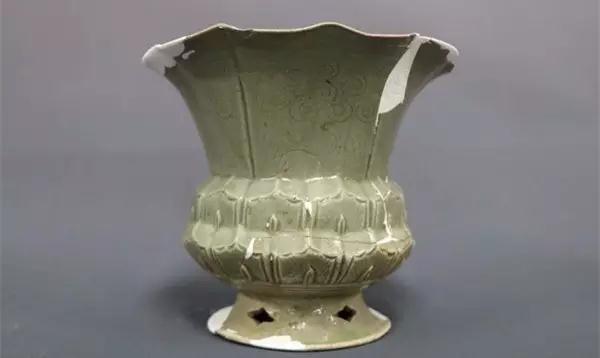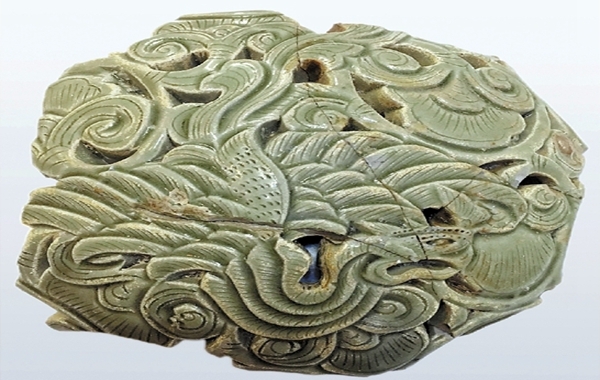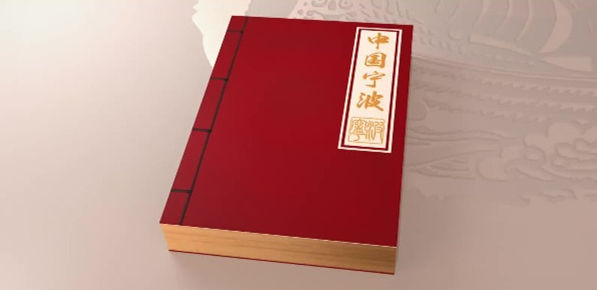Ningbo releases newly-excavated celadon ceramics
Ningbo city's Institute of Cultural Relics and Archaeology reported its latest excavation findings of a site named Shangshui'ao, a Yue ware kiln site along Dongqian Lake, on Dec 22.
Yue Kiln, or Yue ware kilns, originated in the counties of Zhejiang province that were part of Yue Prefecture in ancient times.
This celadon flourished for more than 1,000 years, from the Eastern Han (AD 25-220) to the Song (960-1279) dynasties, longer than other famous Chinese kilns, giving it a very important place in historic pottery development.
Ningbo's Dongqian Lake has been found home to some 50 scattered porcelain sites dating back to the late Eastern Han Dynasty.
The findings of this site highlight celadon for daily use, including bowls, plates, jars, incense burners and utensils for making the celadon. Rare vessel shapes were also discovered during this excavation, including flower-mouthed Zun (a type of Chinese wine vessels) imitating bronze sacrificial vessels, and incense burners with hollow engravings of phoenix and dragon patterns.
The majority of these ceramics date back to the middle North Song Dynasty (960-1129), and a few can be traced back to the late 10th century.
This excavation will provide crucial support for studies on the ceramic level of Yue Kiln sites during the middle North Song Dynasty, the development of celadon in ancient times and the history of the pottery trade in ancient China, especially for research on the ancient Maritime Silk Road.

A lotus-mouthed celadon Zun (a type of wine vessels) excavated from the Shangshui'ao Yue Kiln site in Ningbo, Zhejiang province. [Photo/nb.zjol.com.cn]

The lid of a celadon incense burner with and engraved phoenix pattern, excavated from the Shangshui'ao Yue Kiln site in Ningbo. [Photo/nb.zjol.com.cn]



 Print
Print Mail
Mail
